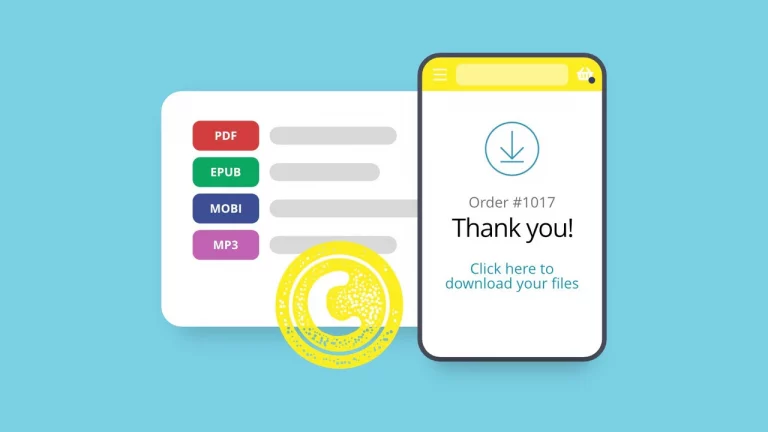
Adverts
The digital era has brought with it a series of innovations that have impacted several areas of our daily lives. One of these areas is education, and learning practical skills, such as driving, has not been left out of this revolution, that is, with the popularization of smartphones, applications have emerged that offer an innovative approach to teaching people how to drive.
Furthermore, the availability of these applications on mobile devices means that learning can occur anywhere and at any time, adapting to each user's schedule and rhythm of life. This makes the learning process more convenient and accessible, eliminating geographic and temporal barriers that often prevent people from attending in-person classes.
Virtual driving simulators are one of the most powerful tools available in mobile driving learning apps. They provide users with the opportunity to practice a wide variety of driving situations in a safe and controlled virtual environment.
From basic maneuvers like parking in a tight space to heavy traffic situations like changing lanes on a busy highway, driving simulators cover a wide range of scenarios. In other words, this allows users to practice and improve their skills in different contexts, preparing them to face real road challenges with more safety and dexterity.
One of the strengths of driving learning apps is the personalized feedback they offer users. Through detailed analysis of the driver's performance in each exercise or simulation, these applications identify areas for improvement and provide specific guidance so that the user can improve their skills.
This type of tailored feedback is key to effective learning, as it allows each user to progress at their own pace, focusing on the areas that need the most attention. The great thing about these simulators is their ability to faithfully replicate real-world conditions, offering an immersive experience that can help learners gain confidence and skills.
Adverts
In addition to practical simulations, many driving learning apps also offer interactive theory lessons. In fact, these classes go beyond traditional traffic manuals, using multimedia resources, such as explanatory videos and animations, to make the content more dynamic and engaging.
With quizzes and multiple-choice tests, users can assess their knowledge and review important concepts interactively. This approach helps learners to better assimilate theoretical information, preparing them more effectively for the real challenges of driving.
Finally, many learn-to-drive apps offer community features and online support, creating a support network where users can share experiences, ask questions, and motivate each other.
This virtual community not only enriches the learning experience, but also helps create a culture of safety and responsibility on the road. Discussion forums, study groups and even the possibility of interacting directly with certified instructors are some of the ways these applications promote collaborative learning and constant support between users.
Mobile driving learning apps represent a significant evolution in teaching automotive skills. In other words, by combining advanced technology with innovative teaching methods, these applications offer an effective and accessible way for people to learn to drive, preparing them to face traffic challenges in a safe and conscious way.
With realistic simulators, personalized feedback, interactive theoretical classes and an online support community, these applications are helping to build a generation of more capable and responsible drivers, contributing to safer traffic for everyone.